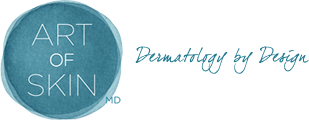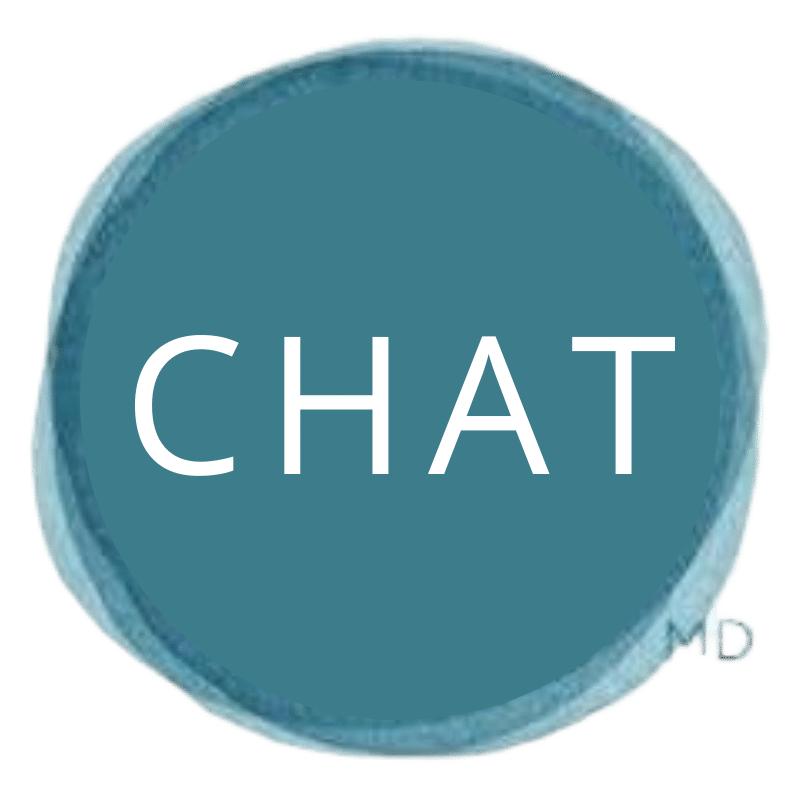Broken Blood Vessels (Facial telangiectasias)
Dr. Melanie Palm is a nationally recognized dermatologist and cosmetic surgeon specializing in the treatment of broken blood vessels on the face called facial telangiectasias or visible facial veins. Her offices are located in Solana Beach, CA just north of San Diego. Dr. Palm lectures on facial rejuvenation including vein treatment. She offers many effective injectable treatment options for telangiectasias.
Facial Telangiectasias
Small facial veins called telangiectasias or broken blood vessels occur due to age, genetics, sun exposure, medical conditions, and occasionally localized trauma. There are several types of facial veins:
These appear as fine feathery red blood vessels called capillaries. They most commonly appear around the nose, curve of the nostrils, cheeks, chin, and between the eyebrows. They can be related to a subtype of rosacea called “erythematotelangiectatic” which results in facial redness and broken blood vessels. Telangiectasias can also appear due to excessive sun damage, extremes of weather over time, and naturally with age.
This type of facial blood vessel presents as a red central dot with spider-like fingers. They disappear briefly when touched. They are common in childhood and adulthood. In children, they sometimes resolve spontaneously. However, in adults and some juvenile cases, spider angiomas may persist. They are easily treated with lasers and light treatment, often with a single treatment.
These round spots appear as bright red bumps. They are extremely common in adults, and are easily treated by hyfercation or laser or light treatment.
Blue-green veins around the temples or side of the face may become more visible over time. They may be camouflauged by volume restoration of the face or be treated with a long-pulsed Nd:YAG laser.

Treatment Options for Broken Blood Vessels and Vascular Lesions of the Face
The correct choice or combination of treatment options for facial vessels and vascular lesions depends on the type of blood vessel being treated.
The following treatments are commonly used alone or in combination to treat vascular lesions and blood vessels on the face:
A simple radiofrequency device used during surgery for blood vessel bleeding control can be used after topical numbing to treat small blood vessels and cherry angiomas. It heats and destroys blood vessels, creating a very small scab that falls off after several days.
- Intense Pulsed Light (IPL or photofacial): IPL photofacials can target both red and brown in the skin. It is extremely effective as a no-downtime, minimal discomfort series of treatments to reduce the appearance of facial telangiectasias and cherry angiomas.
- Pulsed dye lasers (Vbeam): This laser specifically targets hemoglobin in the blood to selectively destroy blood vessel lesions. It works and performs in a similar fashion to high-end IPL devices.
- Long-pulsed Nd:YAG laser: this laser is appropriate for larger blue-green veins called reticular veins. It can be used on the temple and lateral areas of the eye region to remove unwanted veins. Caution should be used with energy levels used and laser use around the face or a scar may develop.
Sclerotherapy is not advised on the face. Many facial veins travel to important structures on the face that could be damaged significantly with sclerotherapy treatment. Sclerotherapy is better reserved for veins on the legs, hands, and chest.
A combination approach is sometimes ideal to improve facial telangiectasias and broken blood vessels. Non-invasive and minimally invasive techniques are often combined with topical skin care regimens at Art of Skin MD to achieve the aesthetic goals of our patients in regards to facial veins.

